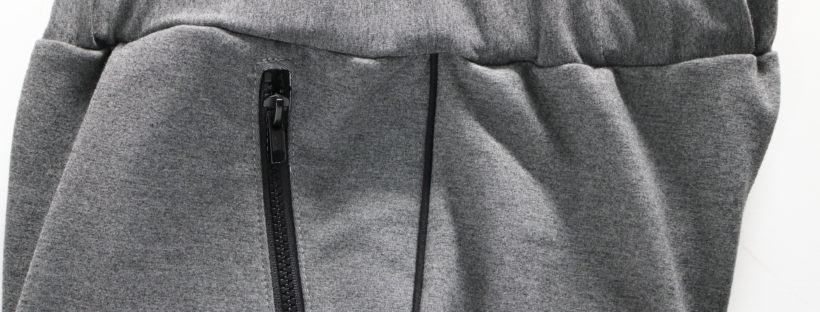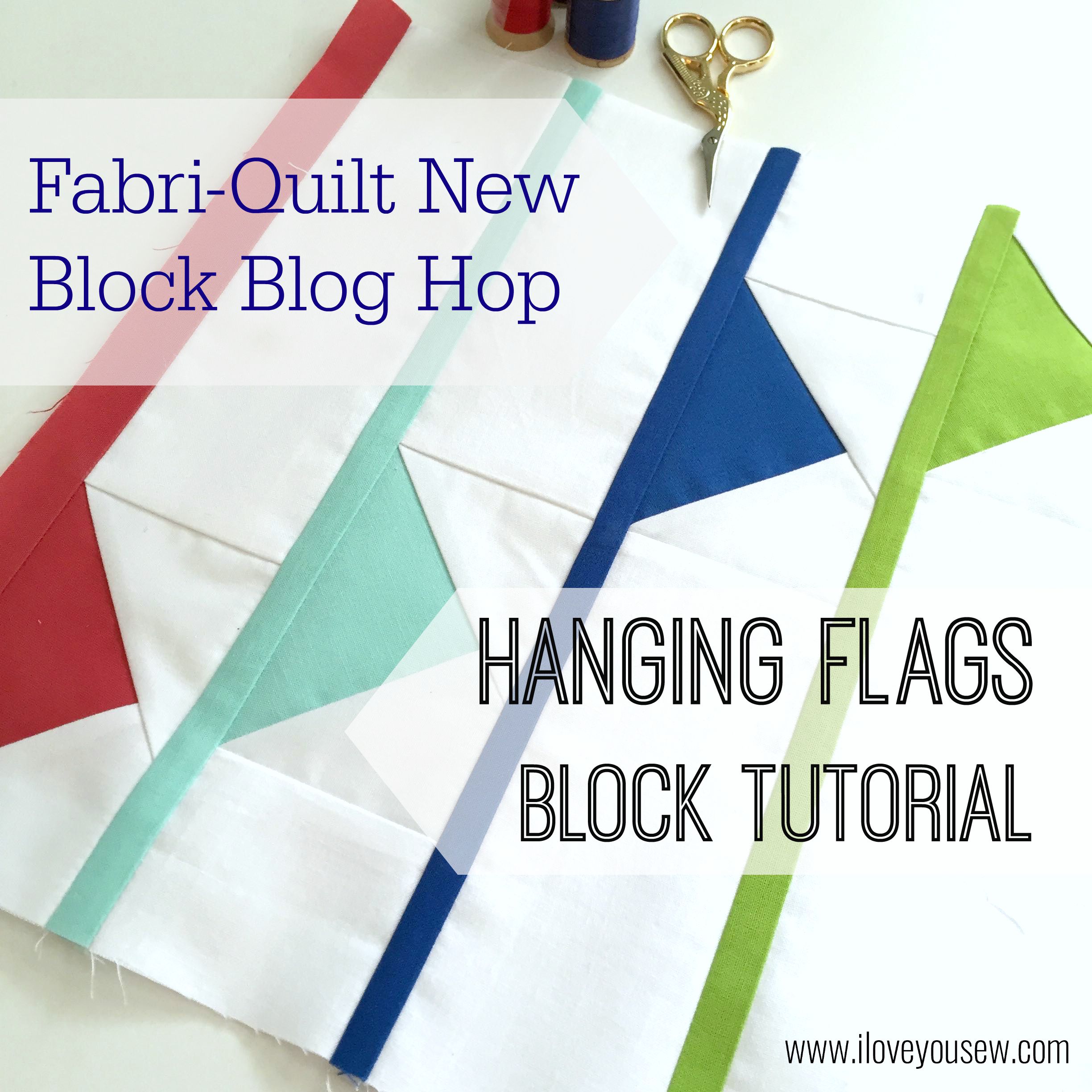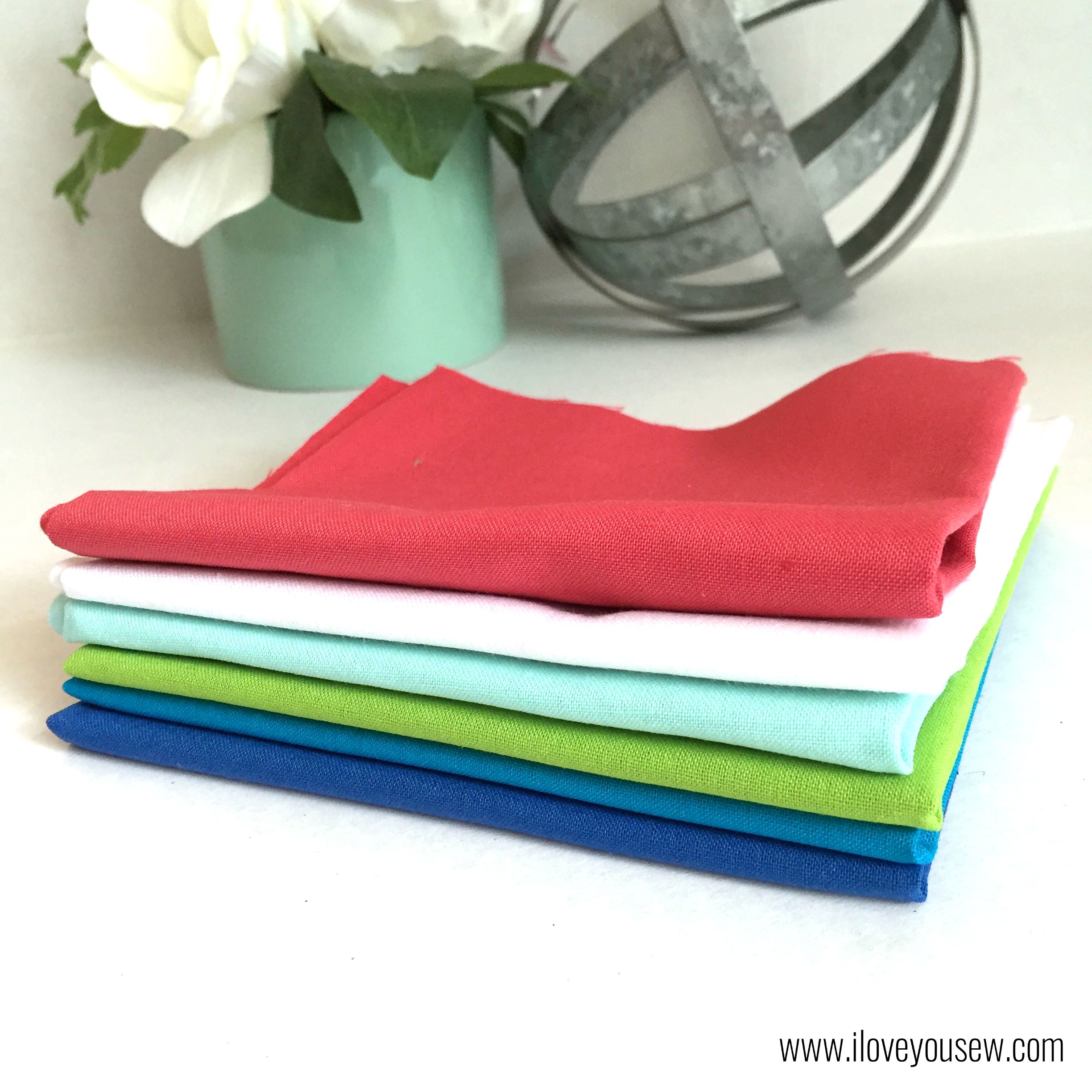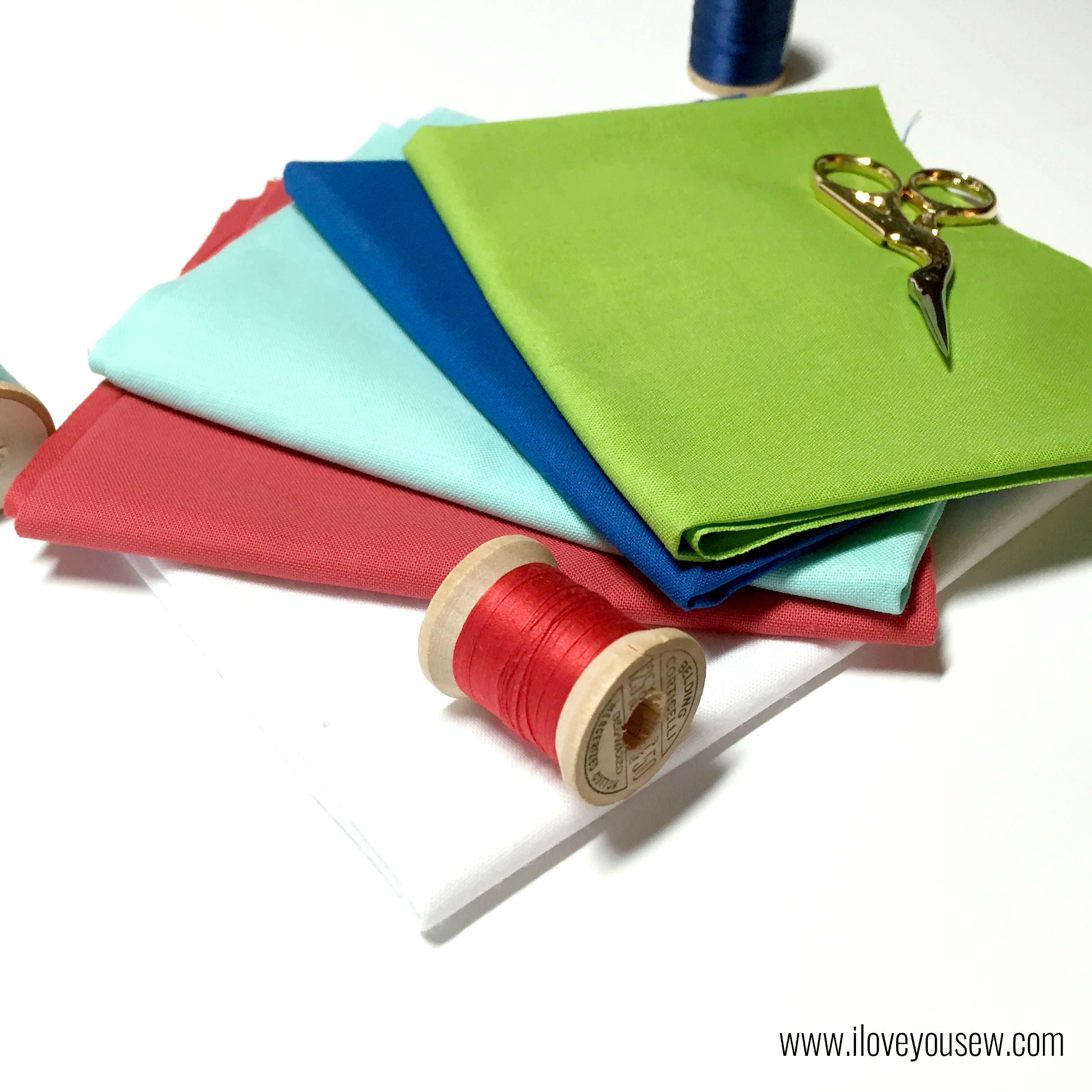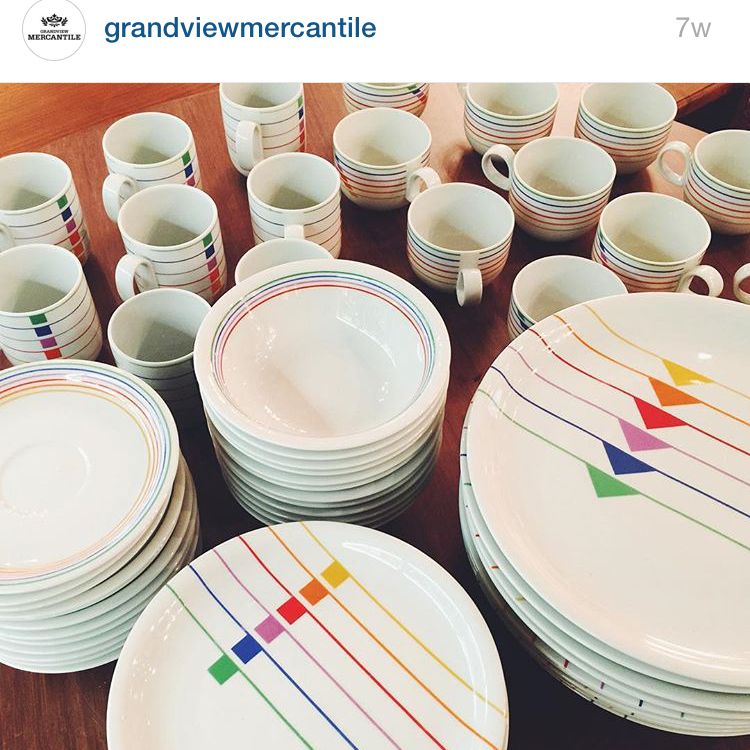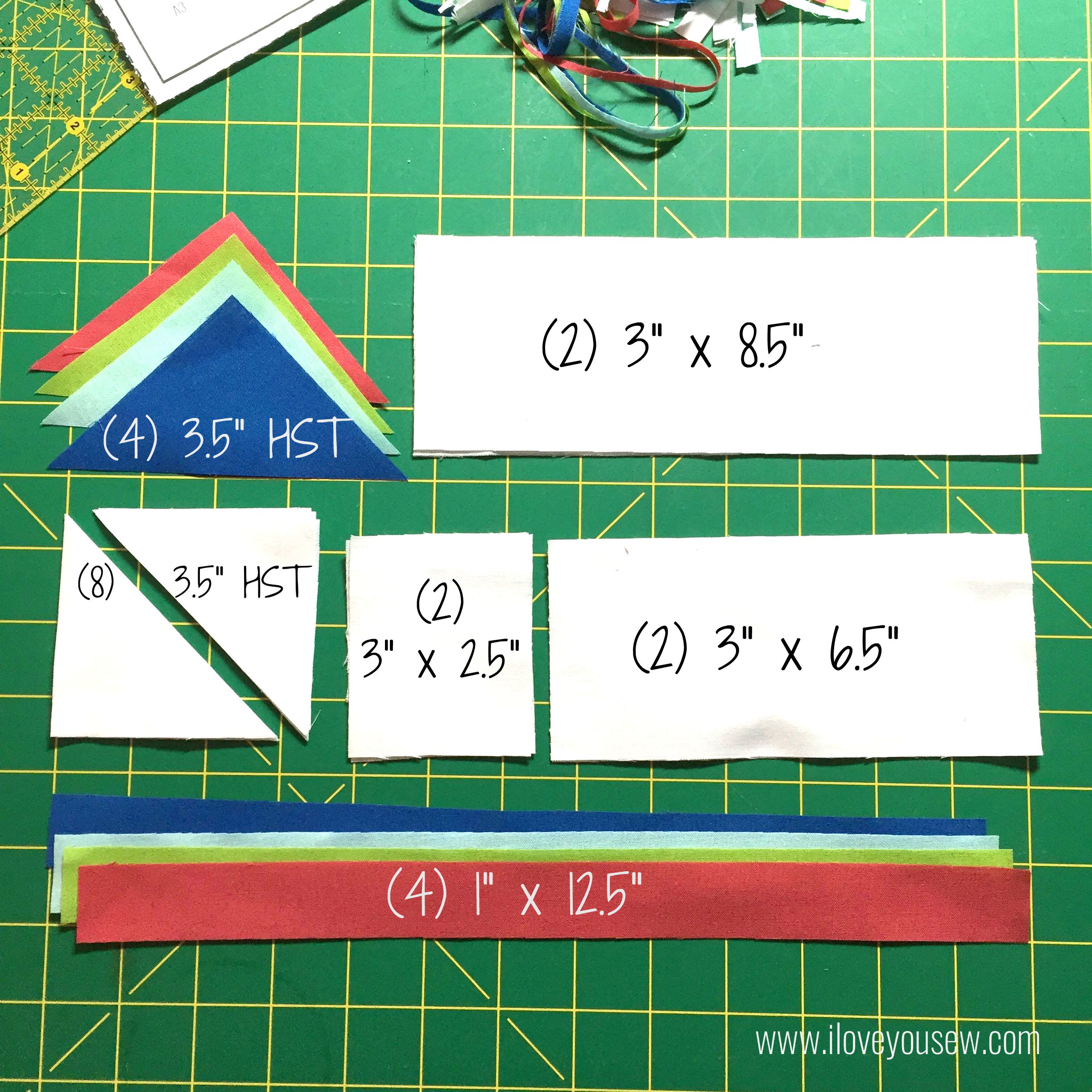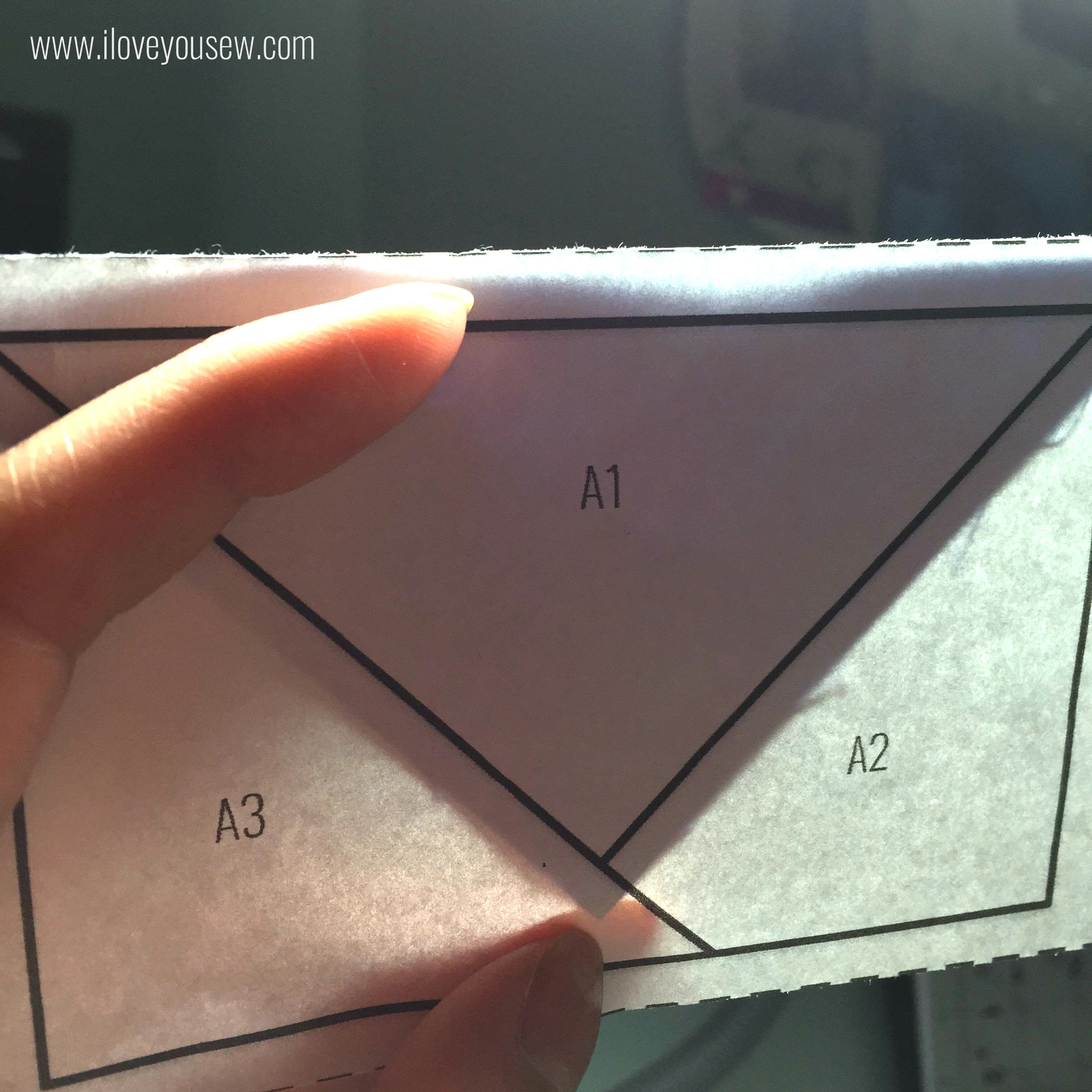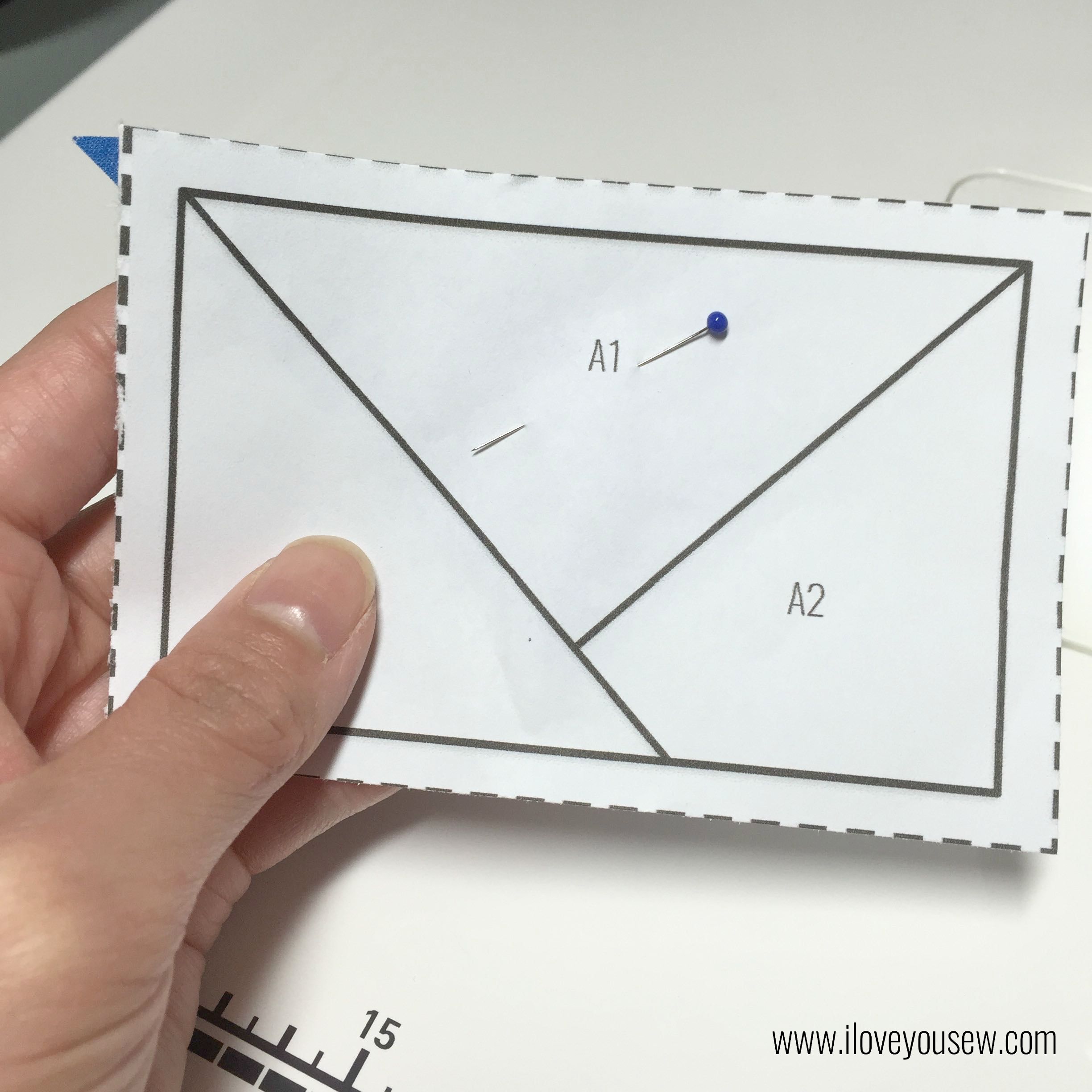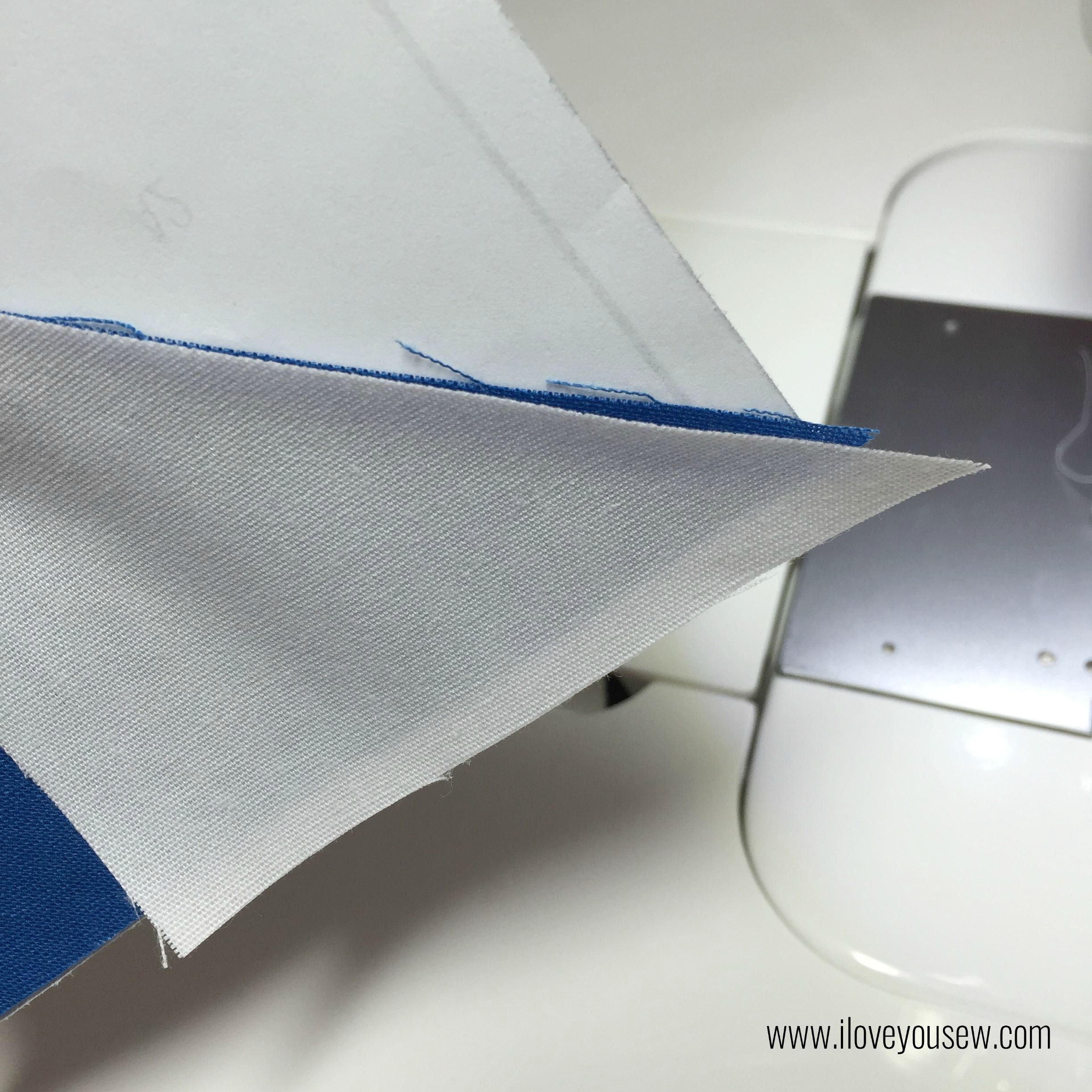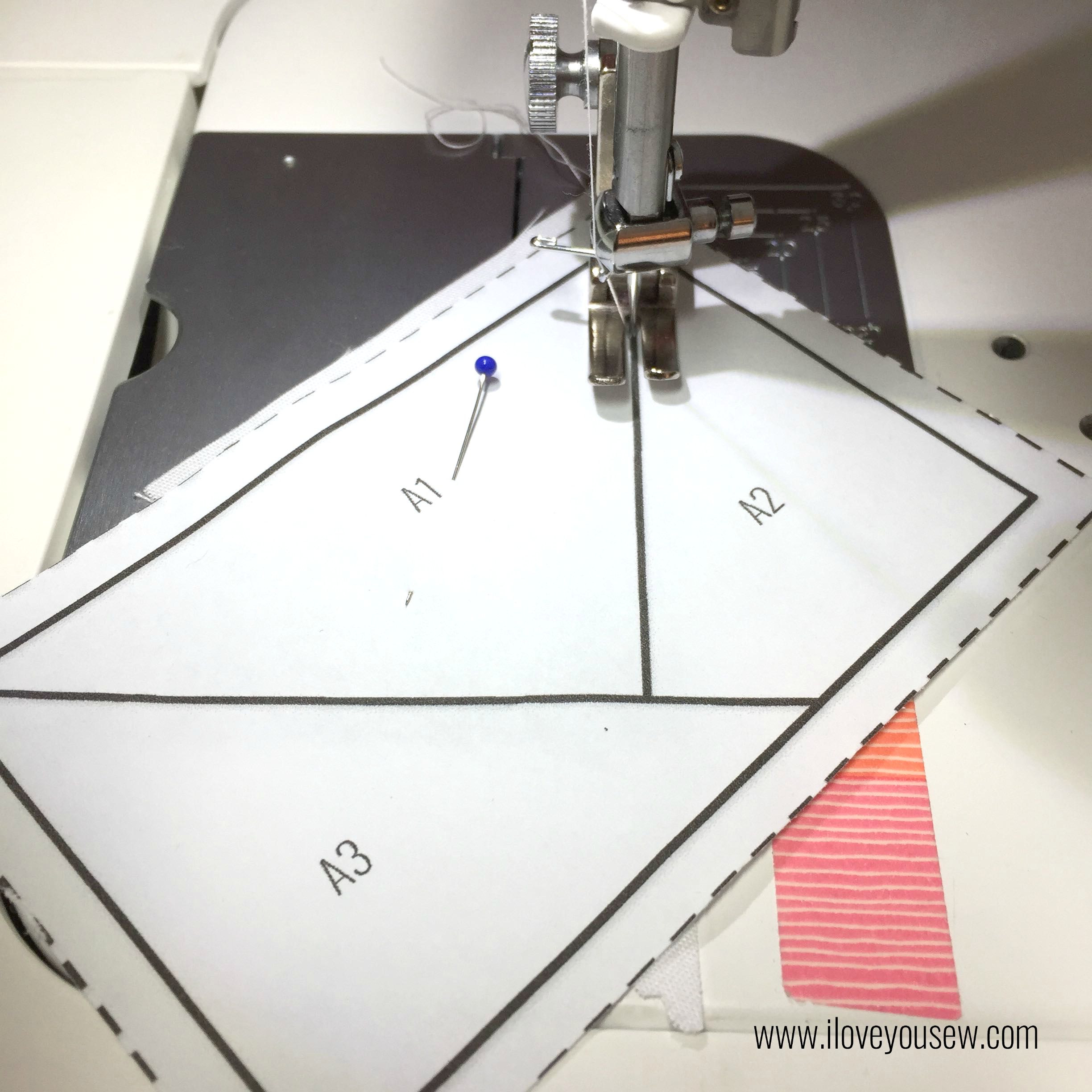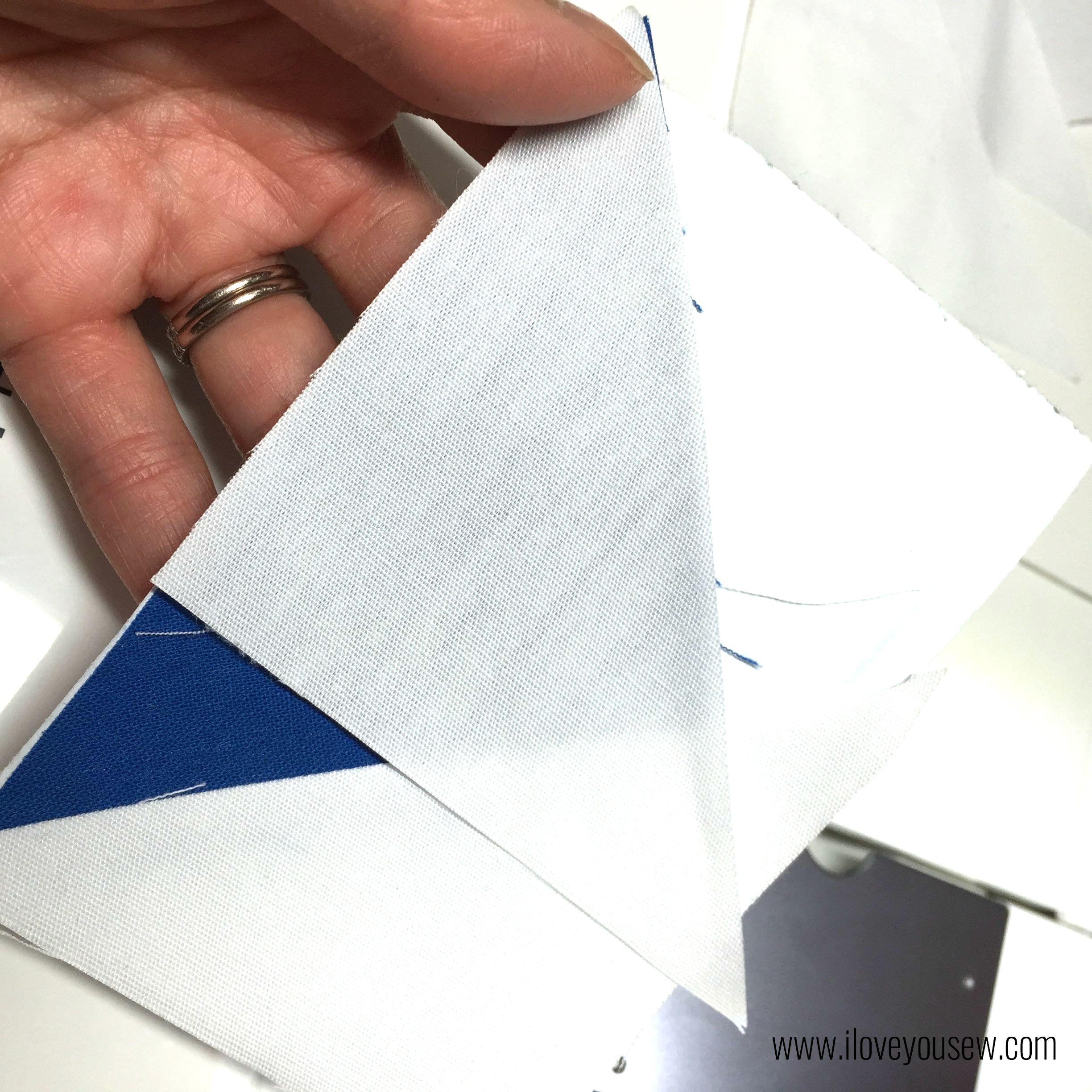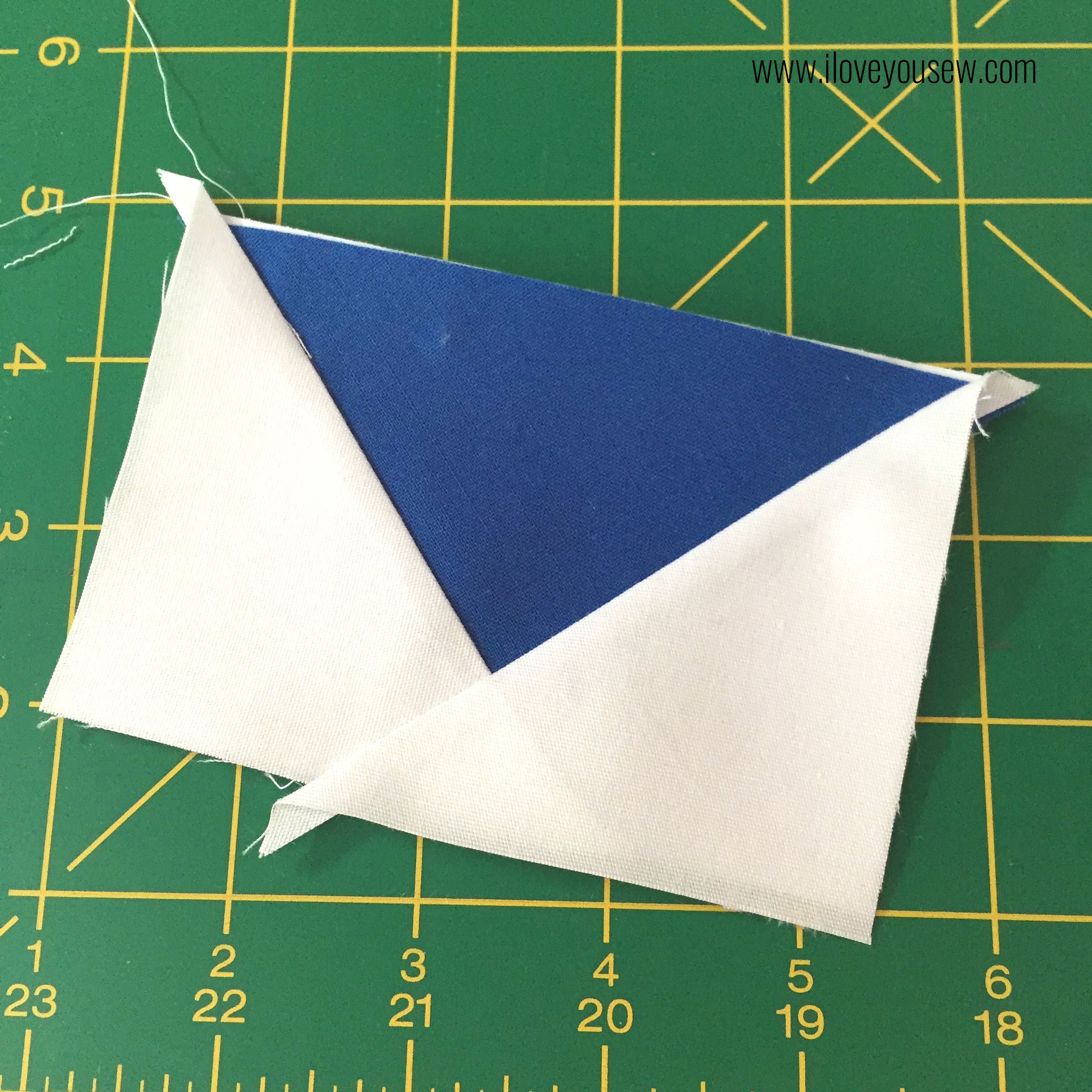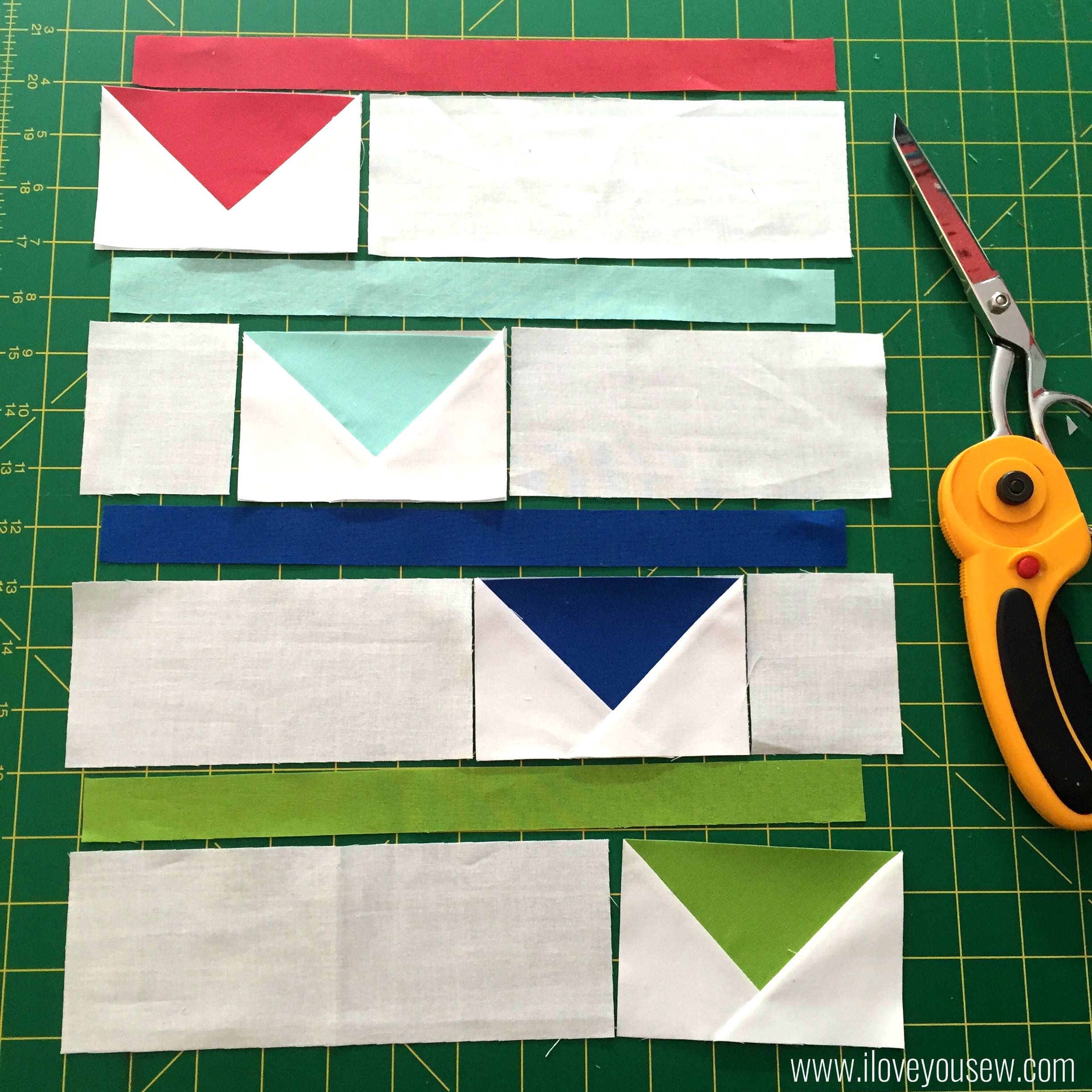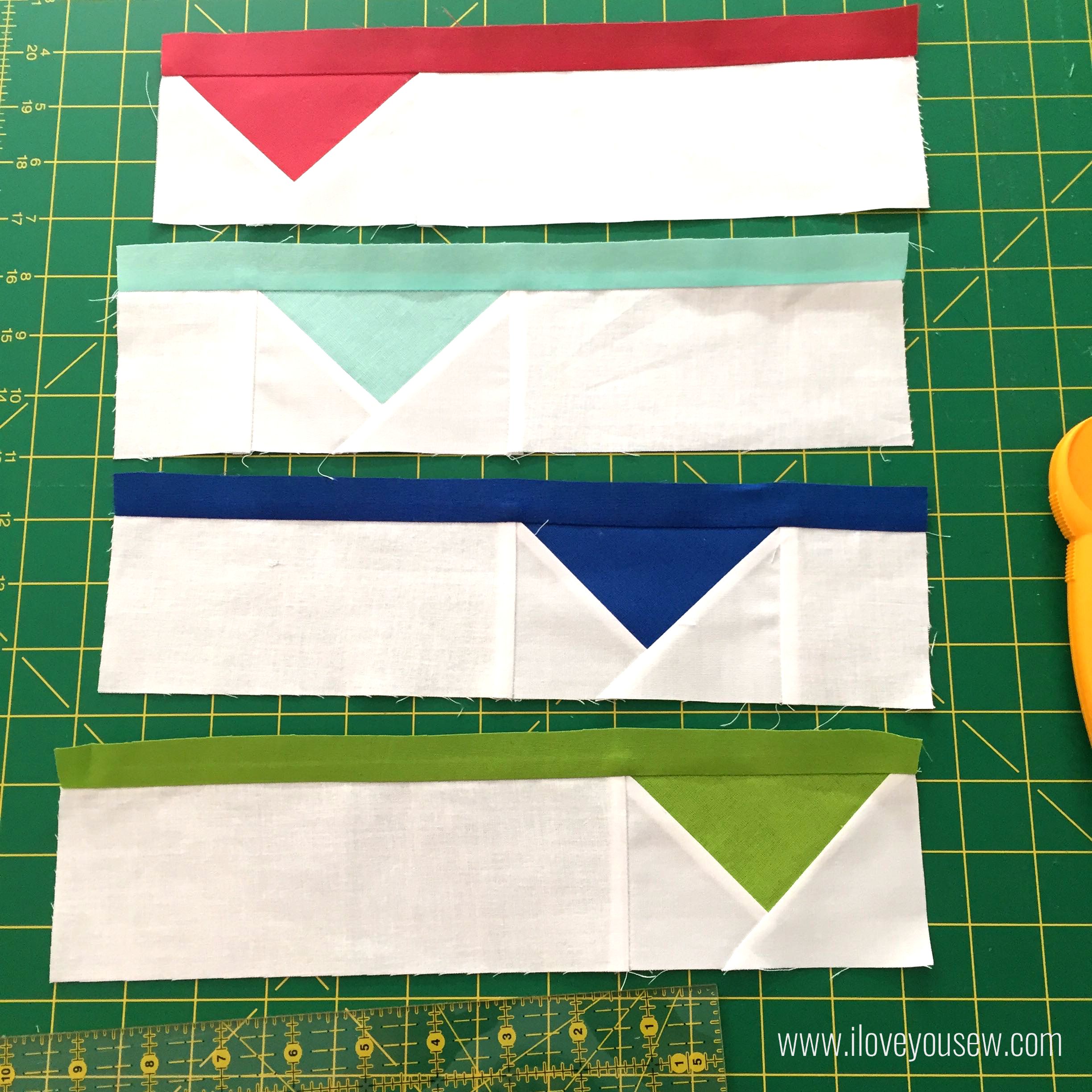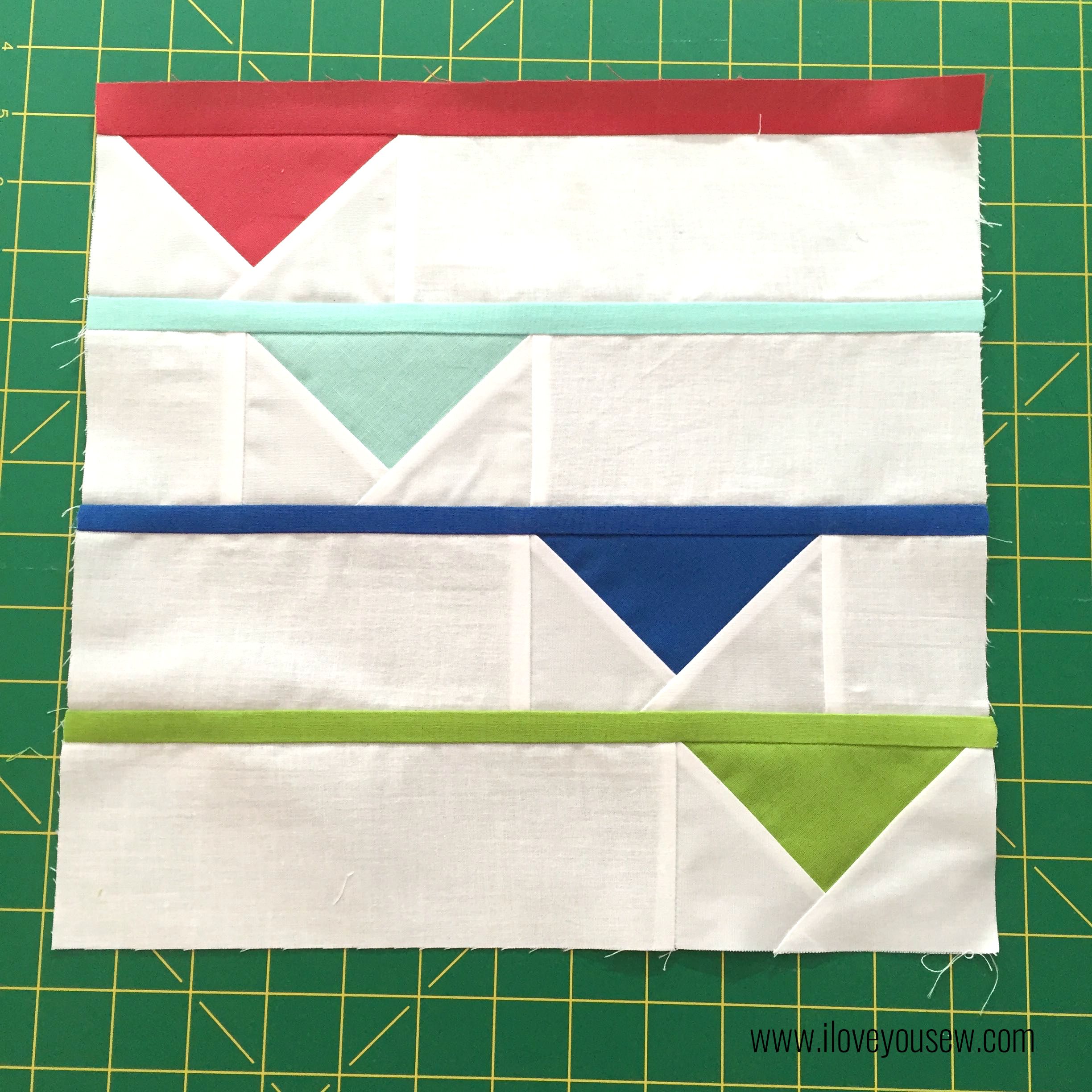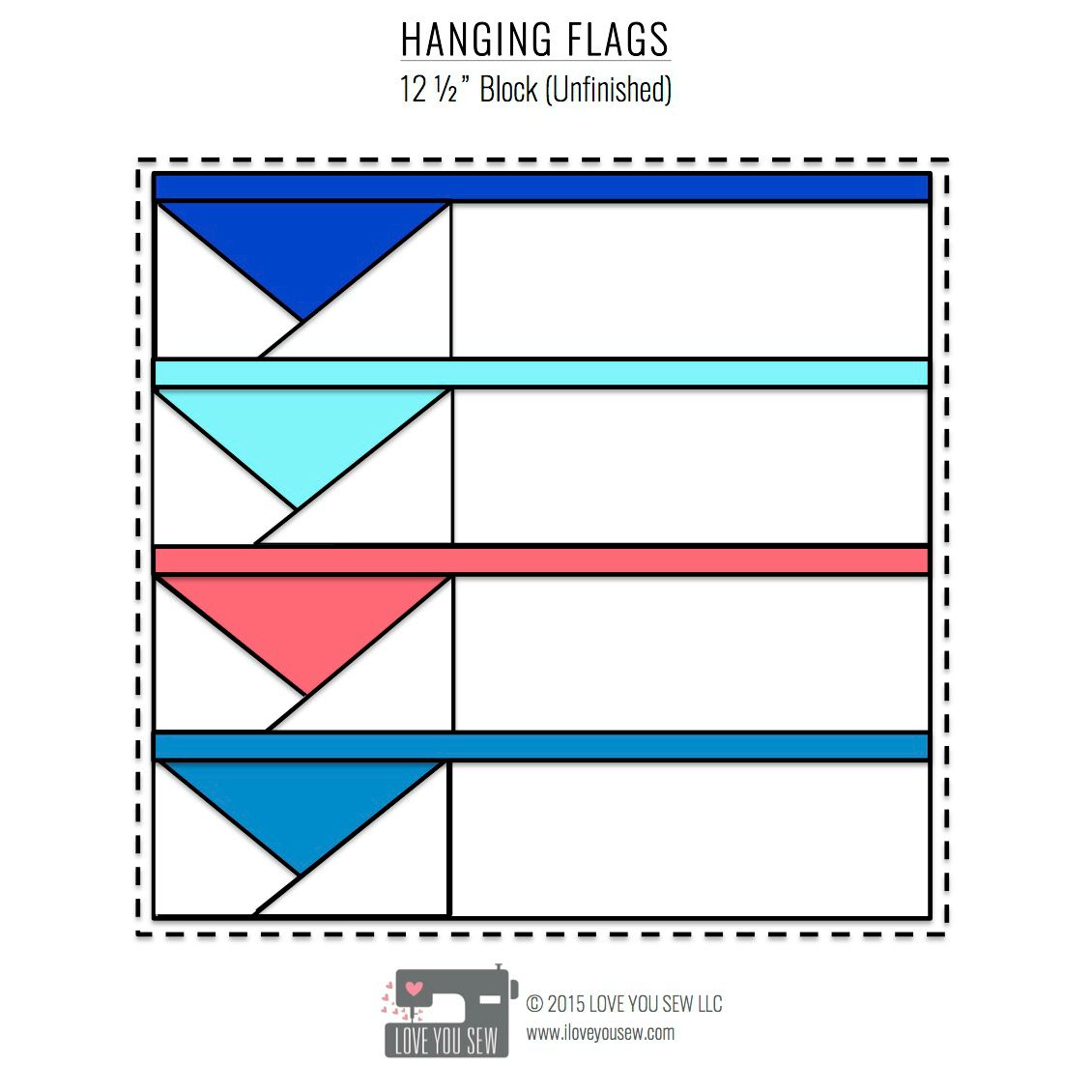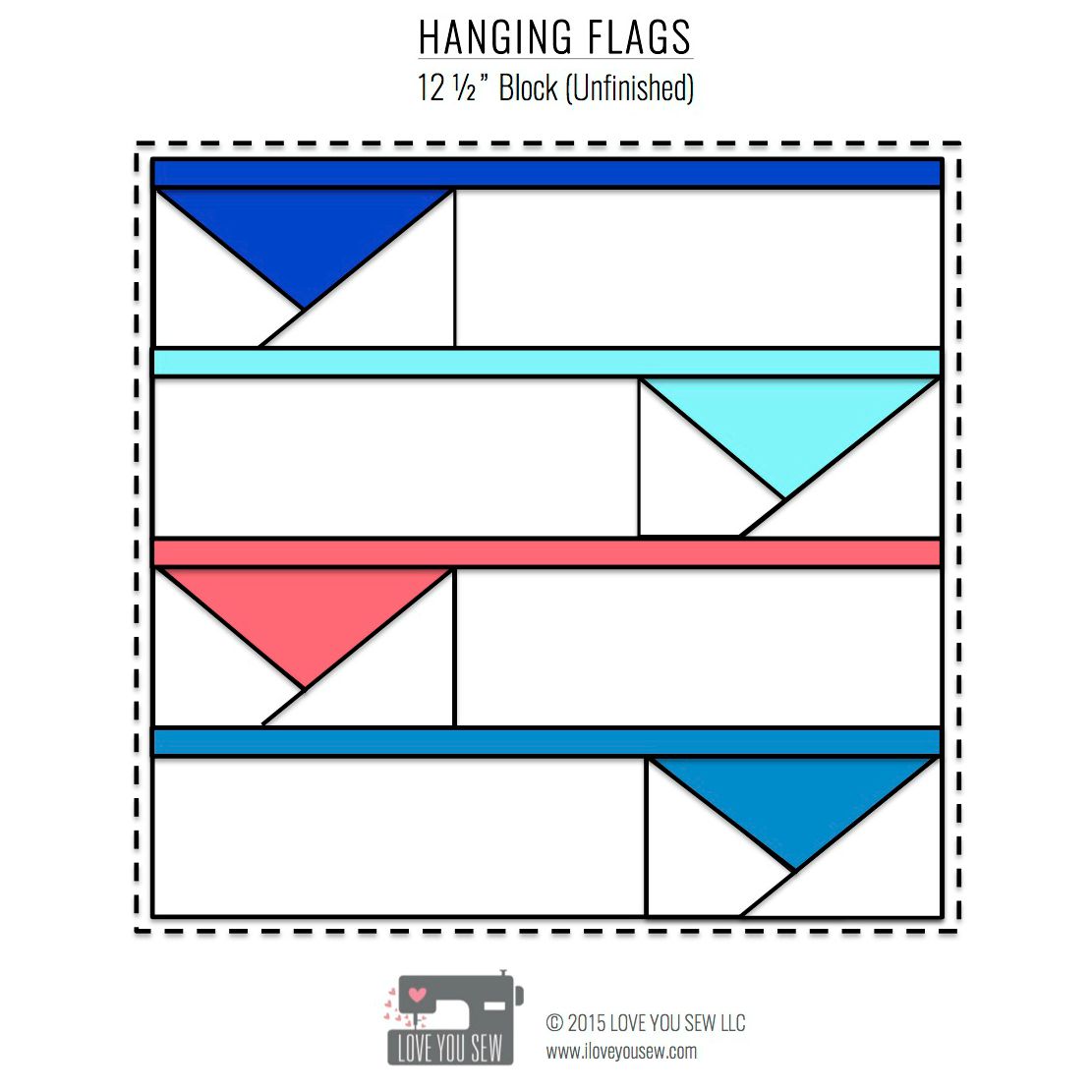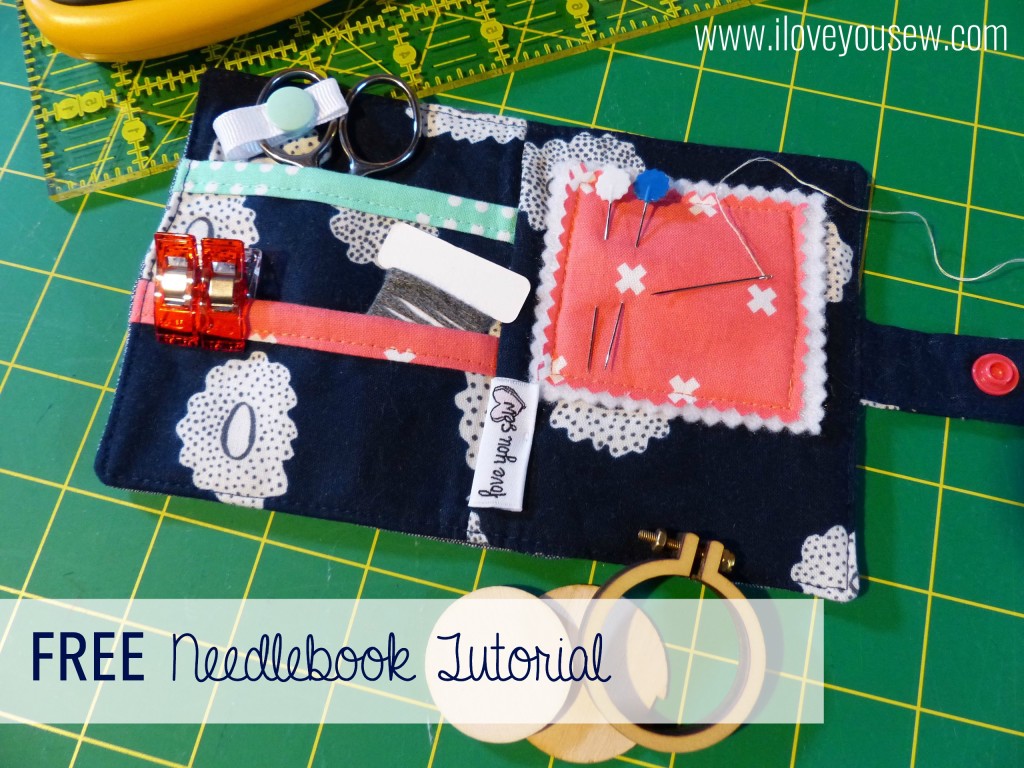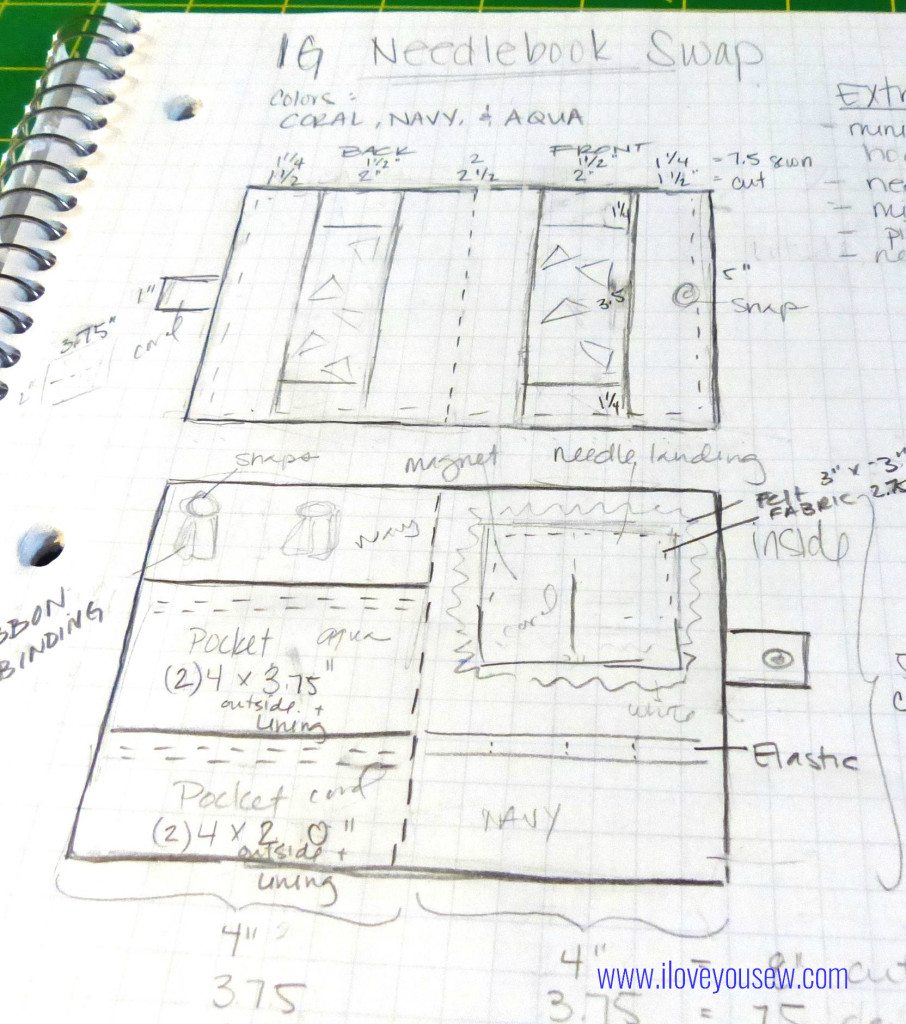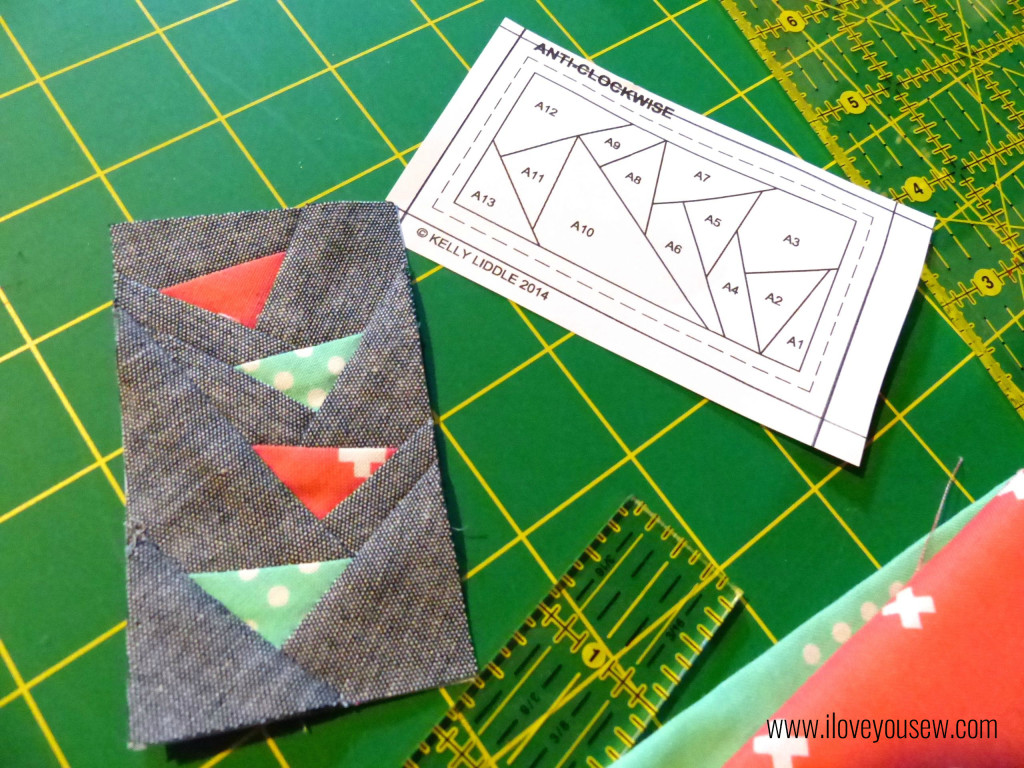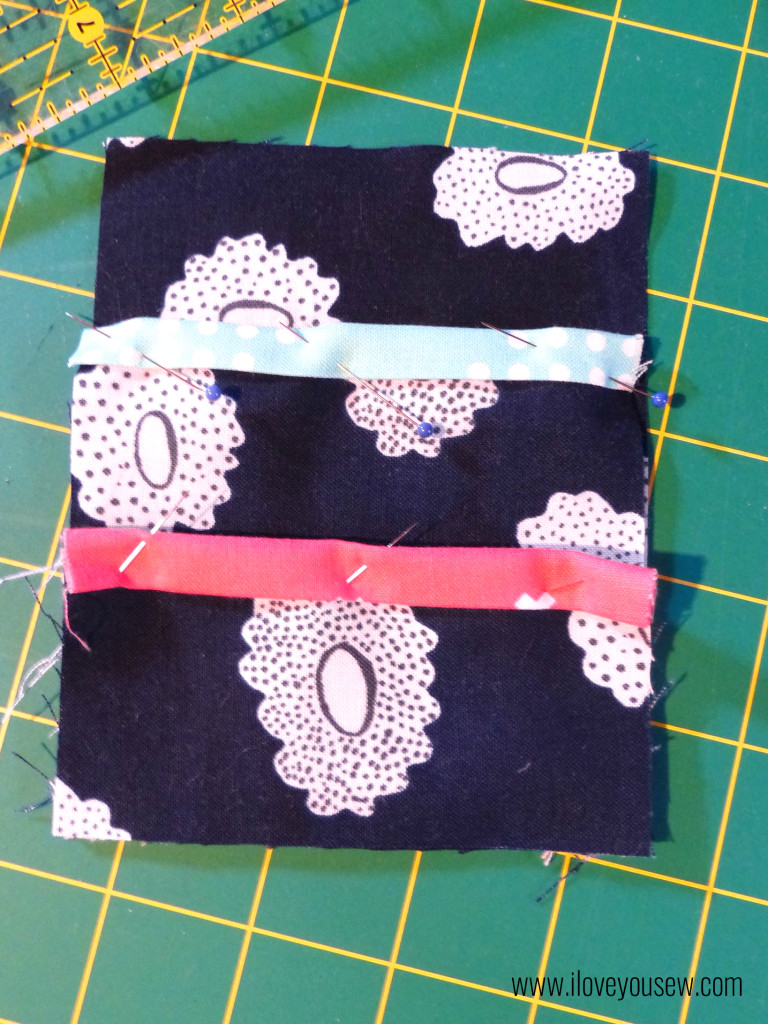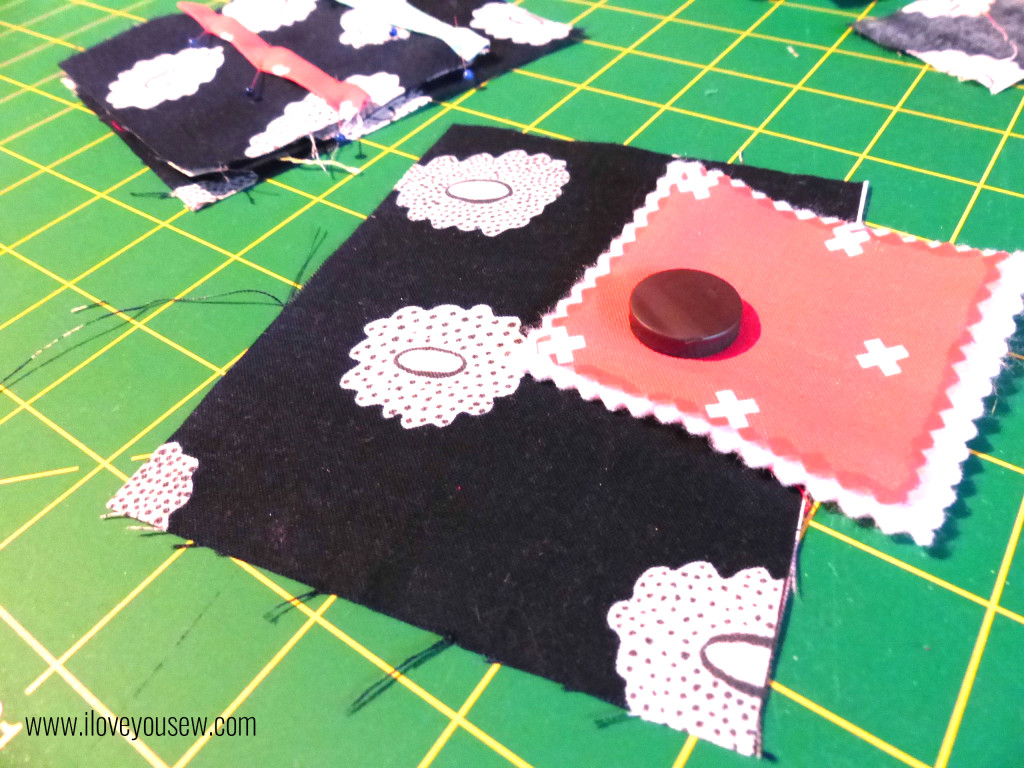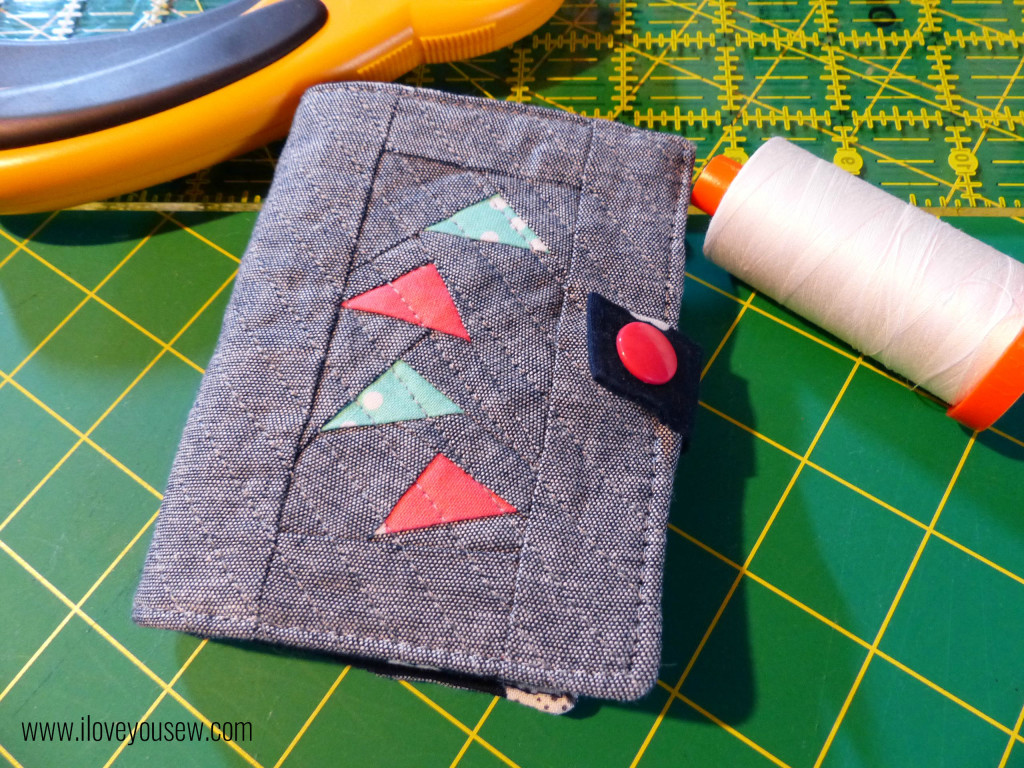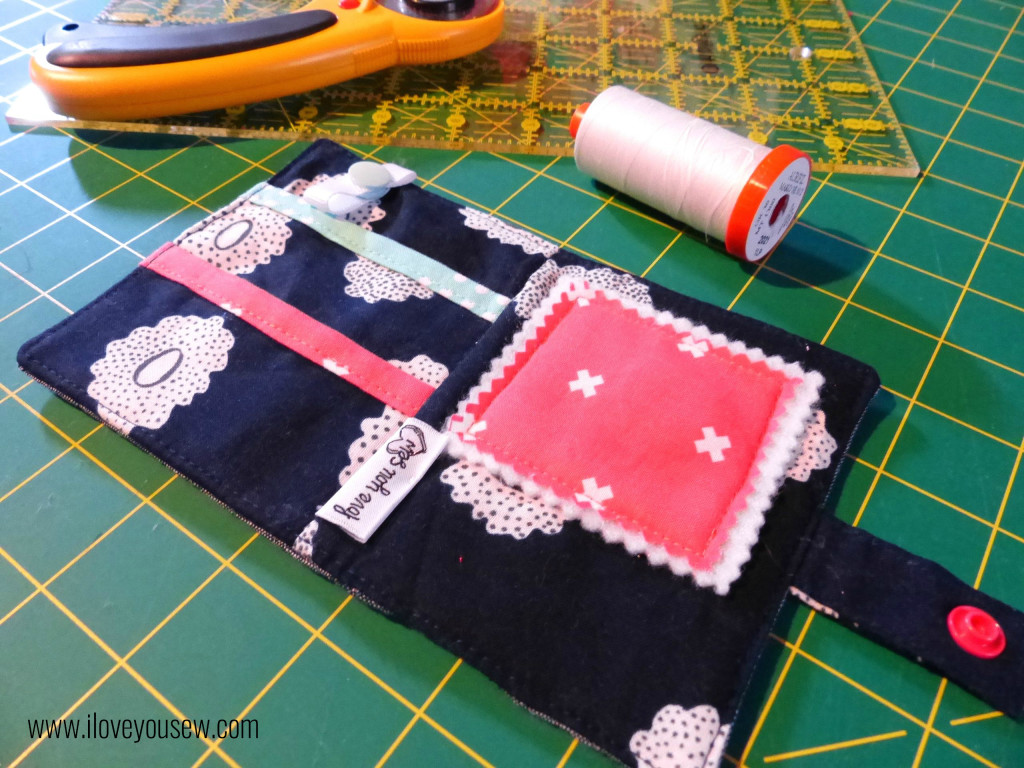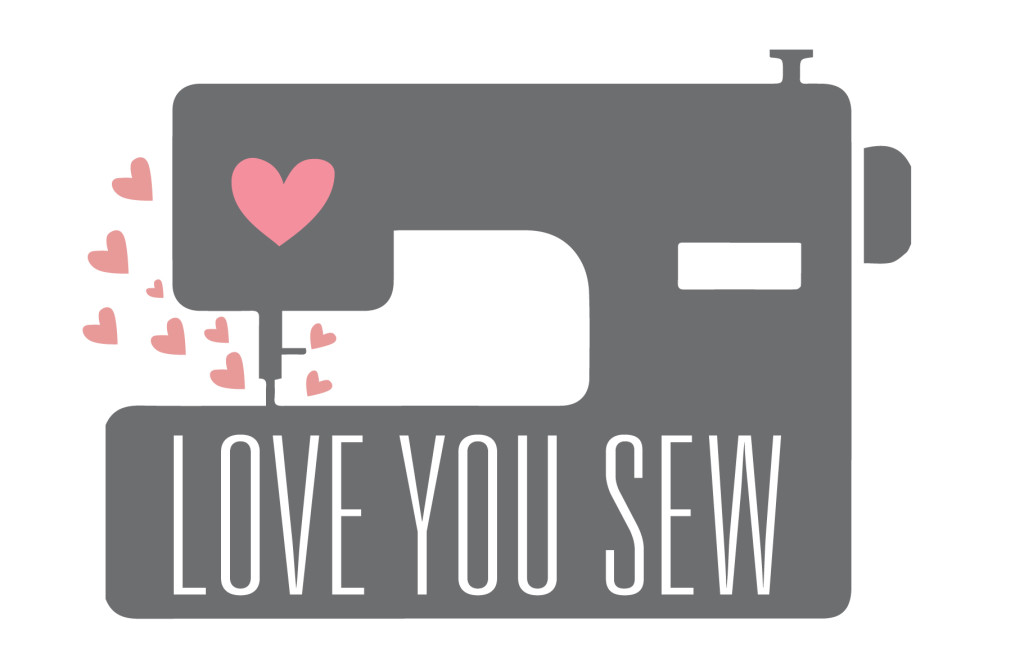
When joggers hit the market a few years ago. I was definitely into the look. They had the feel of my old Champion sweats from back in the day. (You know, the ones with the elastic ankle and all!) However, it seemed that the trend was not really feeling me. I tried on a few RTW pairs and have even sewn a few patterns. But, I didn’t like how they clung to my thighs and calves. I mean if I want leggings, I’ll just wear leggings….and that’s what I did.
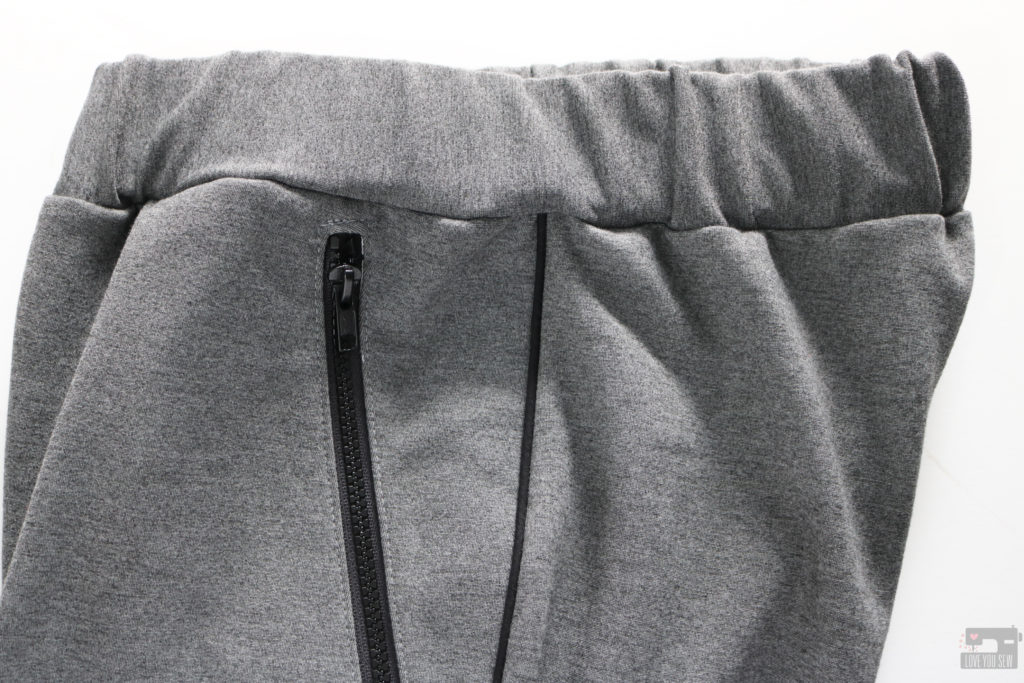
Since then, I’ve seen so many more joggers on the street and figured out I was into the more menswear style – which are a little looser and fit that ol’ sweatpant nostalgia, I remember. Fortunately, I’ve made the Skye Joggers by Blank Slate Patterns before and knew exactly the changes I wanted to make to get my perfect pants.
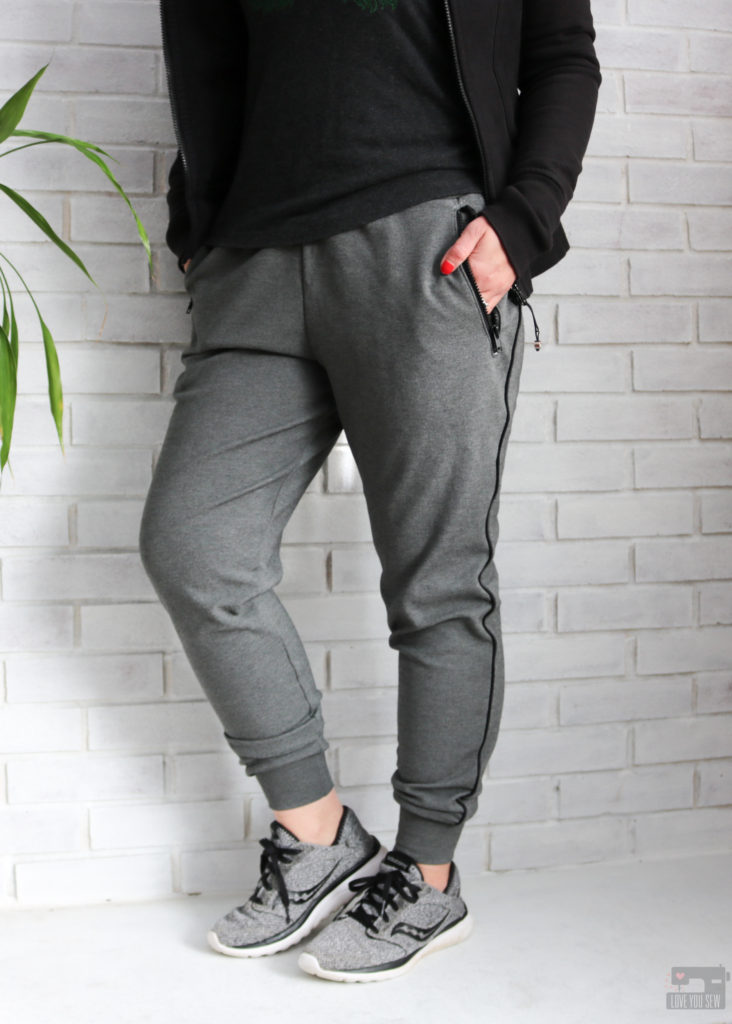
Fabric
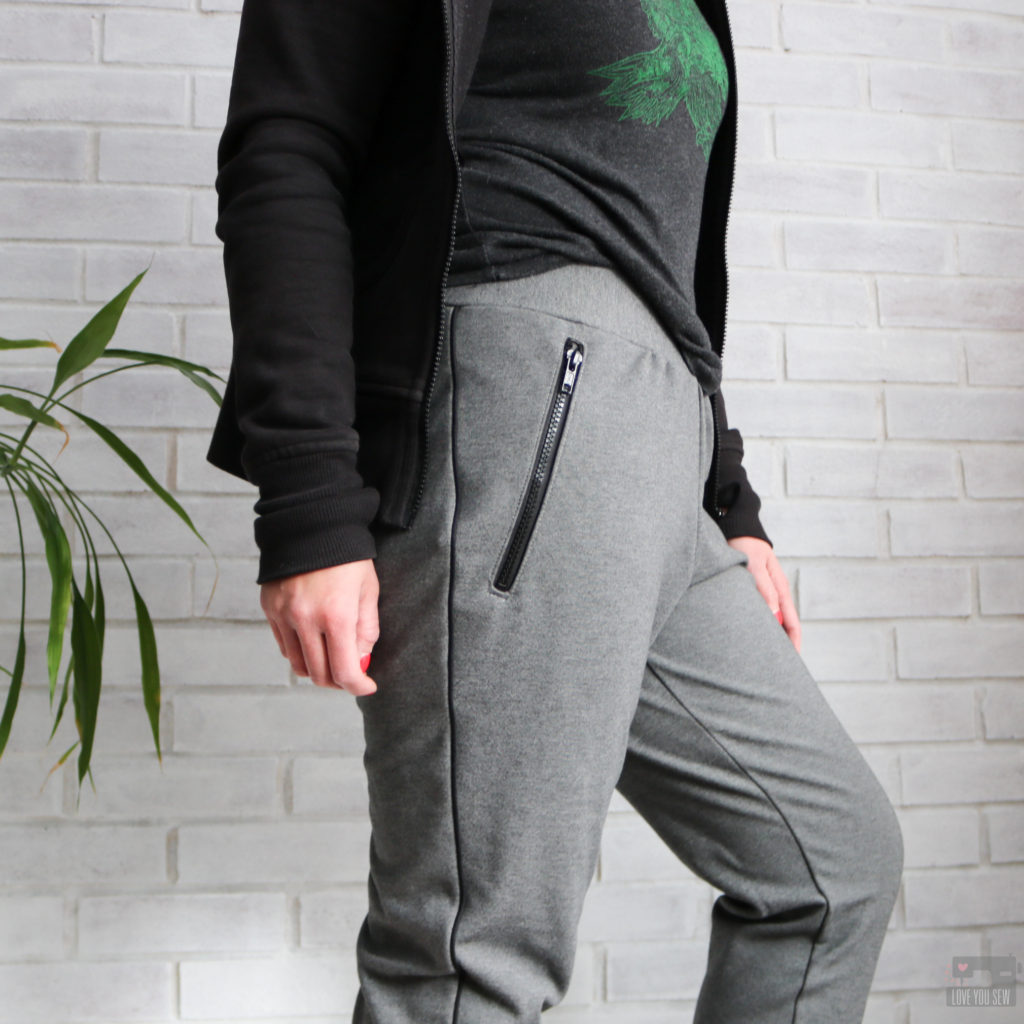
When I made my very first Skye Joggers, I knew they were going to be a wearable muslin. So, I used whatever knit I had on-hand…which was a lightweight modal (definitely not on the recommended fabrics list.) They stretch out so much around the knees that I just wear them at home.
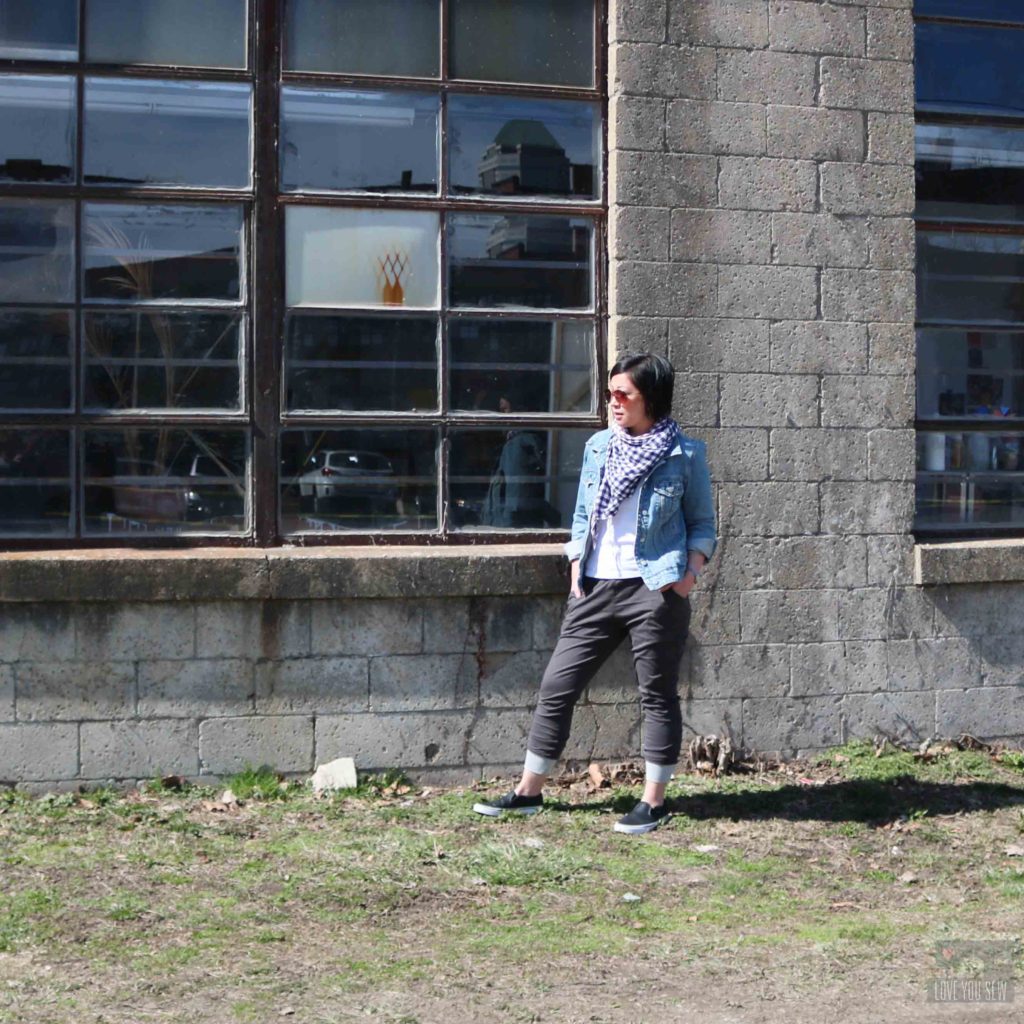
As with any muslin, lessons are learned. I knew I wanted a heavier knit and “athletic” fabric that looked like the RTW versions on my Pinterest board here. Either a ponte or scuba would work and I decided on ponte. I’ve worked with it before like on this Denver Tunic and love the weight and recovery. I grabbed this great dark grey Ponte de Roma Viscose Blend from Imagine Gnats awhile ago and the Arietta Navy Ponte from Craft South while on a trip. But you can still grab some of the Arietta from Etsy here.
Sizing
Based on the muslin, I wanted just a bit more ease and sized up a step. I coach sports for my boys and want a bit more movement (aka air circulation) with my joggers. One can only wear leggings for so long!
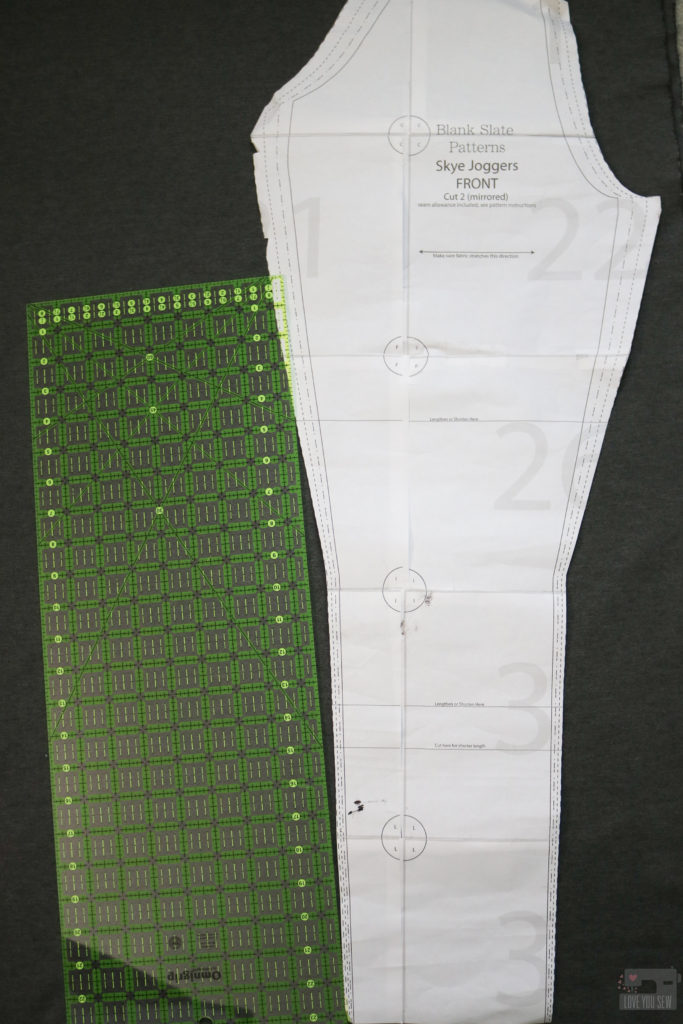
Additionally, I widened the knee and calves by drawing a straight line front the shorten/lengthen line all the way down to the ankle. I have heavy calves (and don’t fit into most boots as a result,) but I know I can adjust when I sew. I almost always have to make this adjustment on pants patterns, but left it pretty simple since I was working with this heavy ponte.
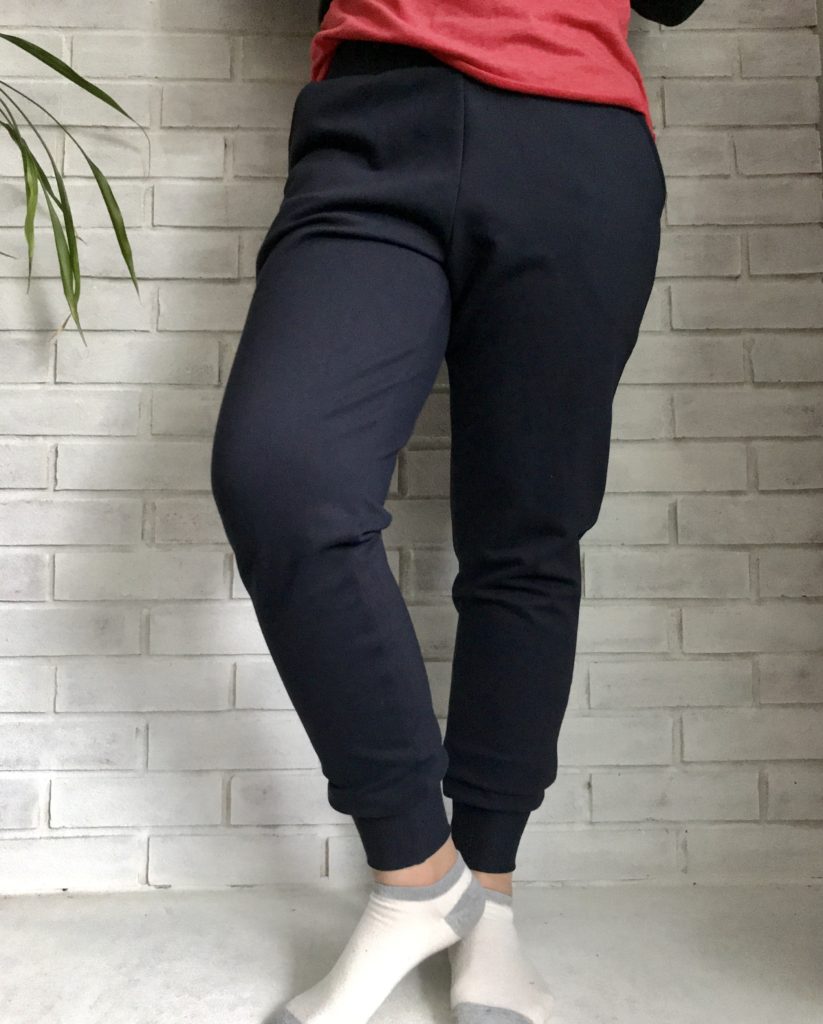
These are another pair of Skye Joggers I made with the same sizing adjustments. You can see the extra ease allover, and especially in the knees and calves where the fabric is not pulled.
I happen to make these before the #SewFancyPants challenge and felt like they were a bit too safe and boring (perfect for coaching basketball though!)
Welt Pocket Tutorial
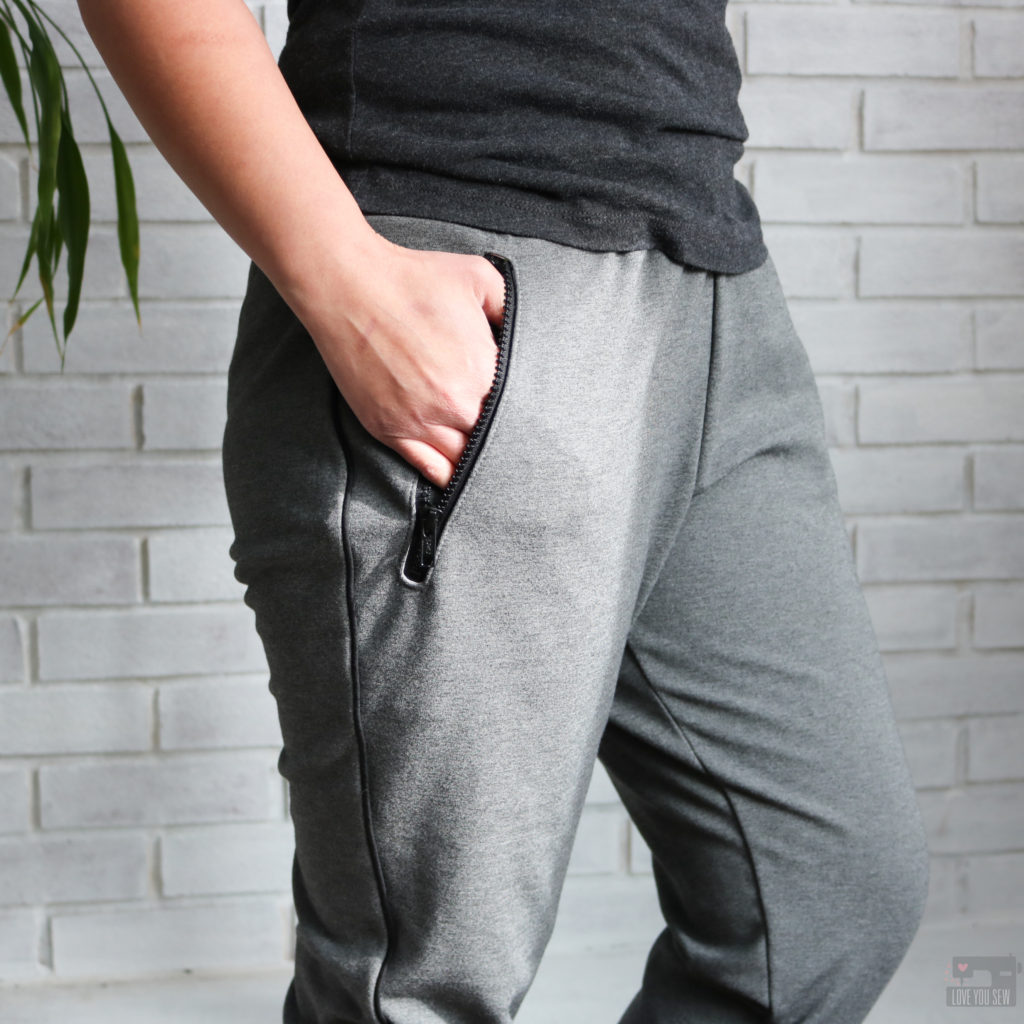
With the new year and planning out my projects, these were the only additional pants on my docket. But when the #SewFancyPants challenge came across my Instagram, I knew I wanted to participate somehow. I decided to stick to my plans since I already had all of my fabric. With the ease I added into my joggers, they were definitely looking more like the men’s versions I’ve seen (and absolutely love!) I figured I would go all the way and make these even more masculine by hacking the slash pockets to make some pretty dope welt zipper ones.
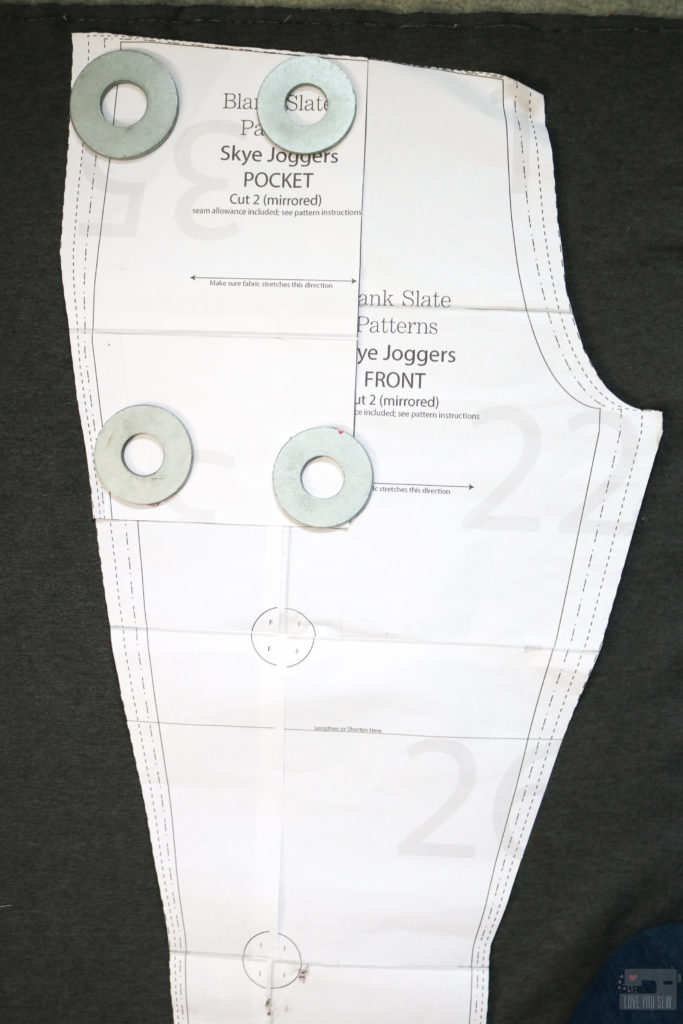
To make welt pockets, you first have to bring up the lines of the front pant pattern’s pocket area to match the side seam and waistline. To do this, lay the pocket pattern right on top of the front leg (as shown) and cut out the fabric following your new combined pattern.
With this change, you will no longer need the front facing pattern piece and instead, will need four of the pockets. To make things much easier on myself (and after some tough lessons learned before,) I used a quilt cotton to make the welt pocket opening. This allows for more stability and less bulk…especially when working with a heavy knit. For the back of the pockets, I then went back to the ponte.
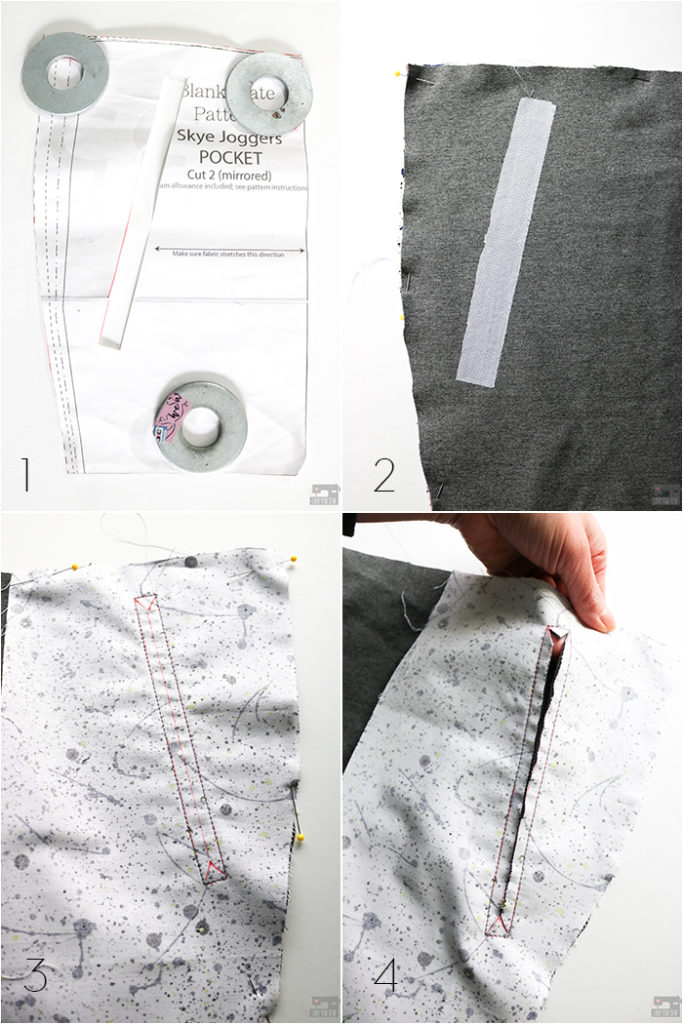
1. For the zipper opening, I used a 7″ sport style nylon zipper like this one. The pockets are very generous with the Skyes and I wanted to make sure my hands and phone could fit through easily. (No one likes those little zip pockets that can only fit a tube of Chapstick!) For the placement, I literally clipped the pocket pattern to pants I was already wearing to see where my hand naturally would go. I made sure to place it far enough down to account for seam allowance. Then I drew and cut out a 7″ x 1/2″ rectangle exactly where I wanted the zipper to go.
2. On the wrong side of the front pant leg, I marked the zipper box using the pocket pattern and then fused a 8″ x 1″ pieces of knit interfacing overtop of the zipper markings.
3. With right sides facing together, lay the front pocket lining against the front pant. Pin in place. Mark the zipper opening to the wrong side of the pocket lining and stitch around the entire rectangle. Draw a line down the center of the rectangle (as shown) leaving 1/2″ at the beginning and end between the line and the sewn box. Draw two V’s to connect each corner to the center line (as shown.)
4. Cut along the red lines and use small scissors to get as close into the corners as possible without cutting any threads.

5. Remove pins. Take the pocket and push it all through the zipper opening and finger-press the seams down.
6. Press the inside of the zipper opening while rolling a bit of the ponte inward.
7. Press the outside of the zipper opening making sure you don’t see the lining.
8. Using some Wonder Tape (or a fine line of washable fabric glue,) line the zipper opening as shown on the pocket. Remove the backing from the tape.
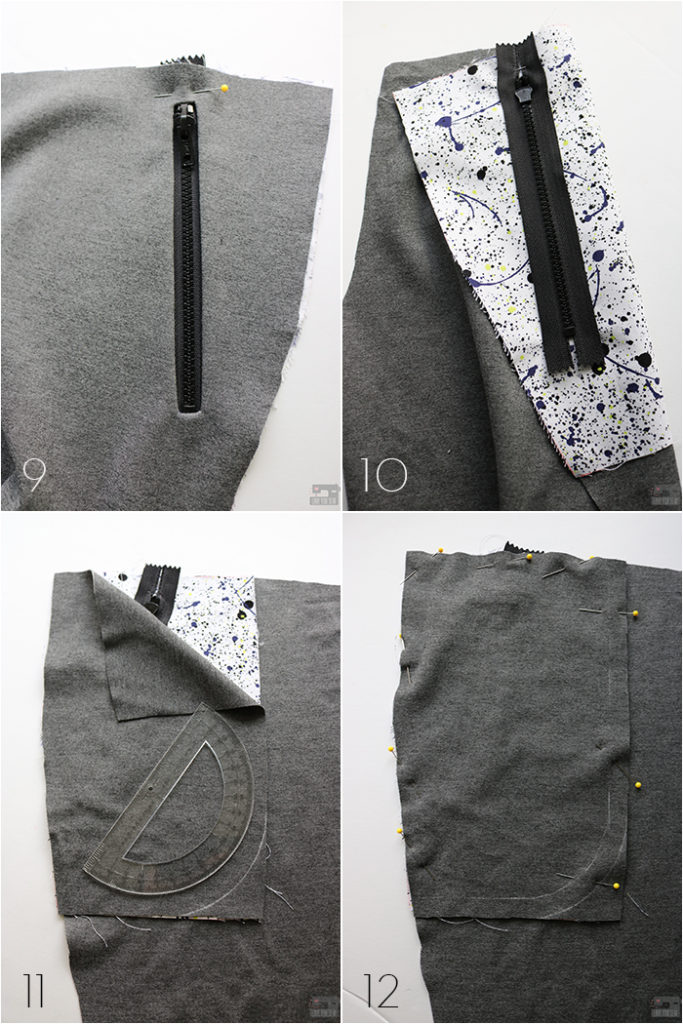
9. With right side of the pant up, center the zipper opening over the zipper. Make sure the zipper opens downward. Finger press around the zipper opening to attach the zipper to the pocket. Use extra pins as needed. Top-stitch 1/8″ around the zipper opening through the pant front, pocket and zipper.
10. Flip joggers to the wrong side to make sure you got through all the layers. Trim threads
11. Line up the back of the pocket lining to the front lining and pin only the pockets together. At this point, I decided to curve the pockets since I was going to serge them together. This would eliminate the extra bulk a corner would give me. I used a ruler to draw the arc, but you could also use a bowl.
12. Since I was using a serger, I measured in my 1/2″ seam allowance to give me a guide as I ran the pocket through my machine. Serge or sew the pocket linings together, making sure to push back the pant front.
Take a step back and check out the off-the-rack look of that zipper!

Piping

If I was gonna add welt pockets with some sporty zippers, I had to keep going and add some contrast piping to these Skyes 😉 Unfortunately, I couldn’t find any black stretch piping under 10 yds that would also deliver within a week. (Why is everything I need overseas???) I could find every other color, except for basic black – go figure. So, instead I used woven bias tape piping straight out of the package like this one. The piping balances out all of the black accents and makes these look so professional….but I did have some help…

With regular piping, I could use my zipper foot to attach it with a straight stitch, but I wanted a stretch stitch given the ponte. Plus, all of these layers definitely needed to be overlocked. I didn’t have the right foot with any of my machines to do a zig-zag or overlooking stitch with piping, so I got this new foot for my Juki Serger. As seen above, my regular foot is to the left and the piping foot is to the right. There is a channel that allows the piping to move through and now I can serge everything!

This piping foot was amazing! It allowed for a tight and even application. I’ve sewn piping on garments before like these Laure dresses, but sometimes I have to go in to sew twice for an even seam. This foot was flawless. Guess you’ll be seeing more piping from me!
My Real Inspo

I didn’t even realize it until my son helped me with taking pictures, but he pretty much has the same jogger that I was trying to create. I must’ve been channeling his pants within my subconscious this whole time! Now we can “twin” in our gear together.
I hope you enjoy the welt pocket tutorial! Please let me know if you have any questions or additional thoughts in the Comments section below.
Happy Sewing!
Cristy
This post contains affiliate links. A small commission maybe earned if you decide to purchase through any of these links. As always, these payments go directly back to fund the website, so I can provide you with an ad-free experience. (I dislike banner ads as much as you do!)
